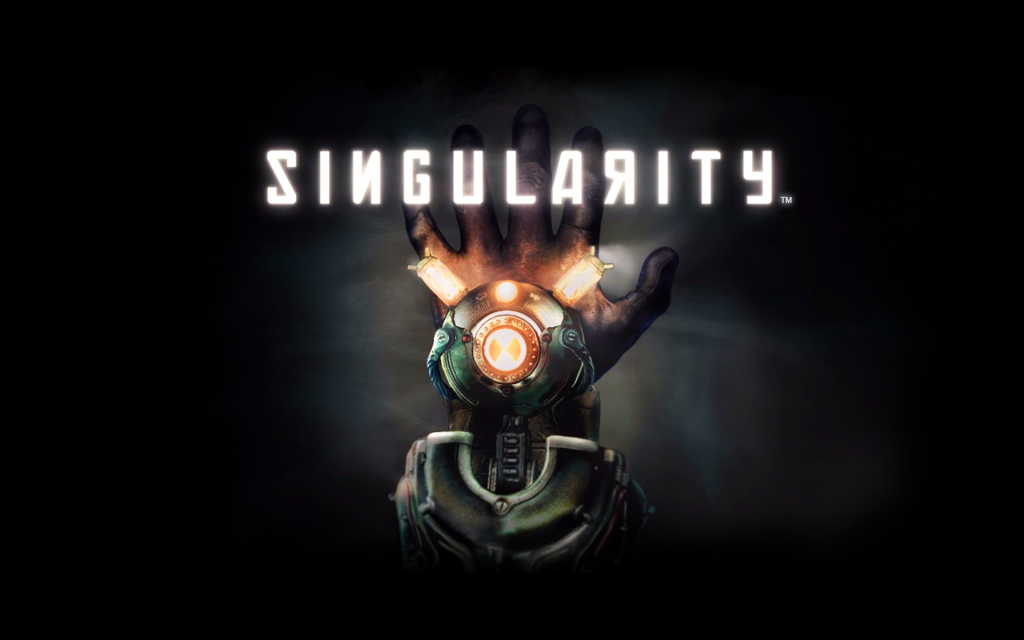This week I finished the third scene in our trailer: the restricted area scene. This is the first version of it and will be adjusted in the next week.
The whole process of making the restricted scene is quite same as the other two scenes. Since we have already find the proper references and finished the storyboard, I can focus more on the layout and lighting of the scene.
I firstly find some references for this scene and try to feel the atmosphere inside of them:
Most of these scenes show the same two features: a little bit of artificial traces and foggy air.

I listed several compotents in this restricted area scene:
- Foreground: Tree stump, wreckage, barbed wire, grass, branches, rocks.
- Mid—scene: Abandoned watch tower, trees, rocks, branches.
- Background: Mountains, trees.
Based on this list, I gathered some assets and made part of props by myself (barbed wire, mountains, rocks). I then layout the whole scene in unreal engine, trying to provide a sense of desolation and stillness in it.


Here is the final result:

Next week I will optimize these three scenes, especially the forest scene. I’ll add more details to the foreground and adjust lights.
